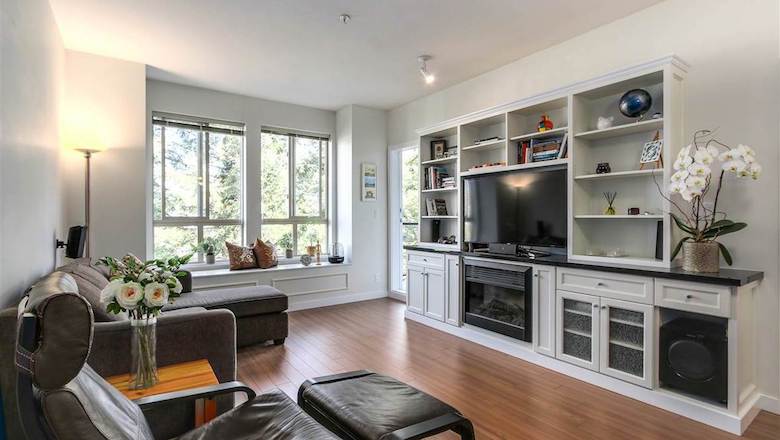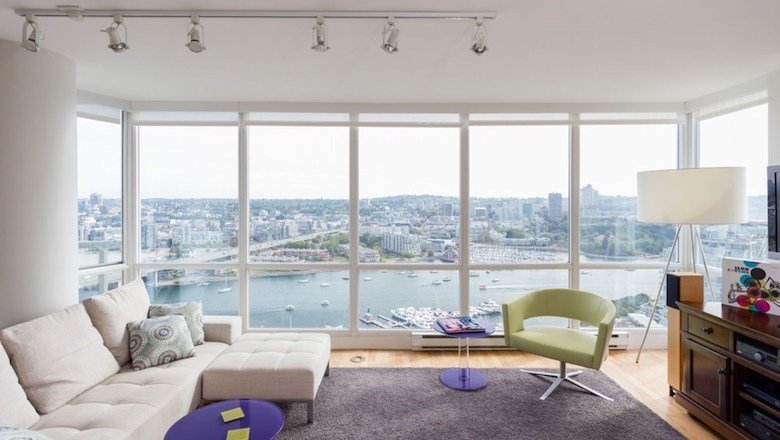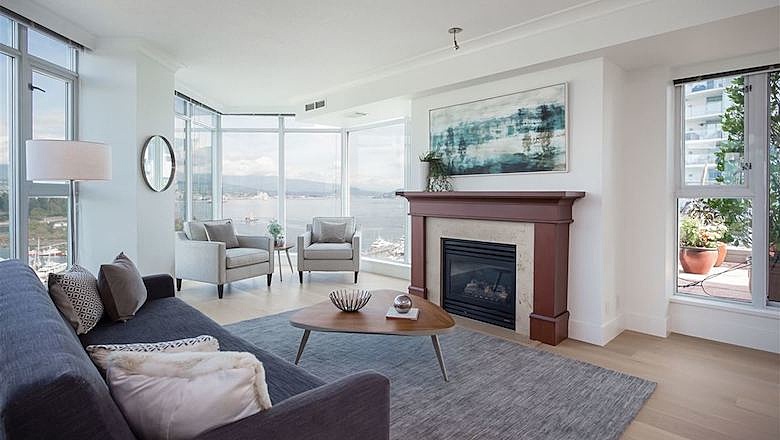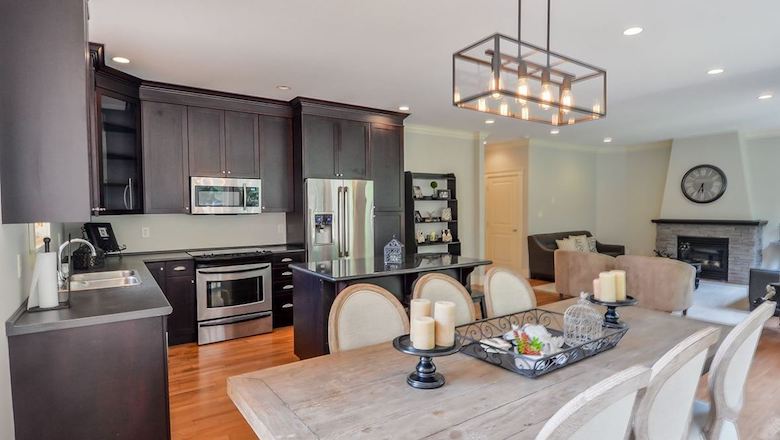When considering a home renovation, it’s worthwhile to consider the potential return on your investment. After all, not all renovation decisions result in an increase in home value or appreciation by a future homeowner. Careful planning can help you maximize your improvement decisions and increase the likelihood of seeing a return on your investment. Here are a few ways to get the best return on a renovation investment.

Set a reasonable budget
Determining the best amount to invest in renovations is no exact science. The best method is to choose a reasonable amount to invest and work from there. Setting a budget not only keeps your finances under control, but it will also help guide decisions while making challenging choices more clear-cut. In conjunction with your budget, a wish-list will be helpful. Writing down everything you hope to include in your renovation in the order of priority so that in the event a contractor’s quotation exceeds your initial budget, you can ax the lower priority items.
Alternatively, if you’re set on including everything on your wish list, you might include lower cost options rather than higher cost options enabling you to be comprehensive. Expert’s advice: Renovations can easily get carried away. The best way to prevent an out-of-control renovation is to allow your budget to dictate your decisions. As there are almost always overages, it is not recommended to work towards your maximum budget, as the end cost will inevitably be more. Consider working towards a lower budget with the assumption that additional costs will occur.
Put focus on areas with the biggest impact
When looking to increase a home’s overall value, both the kitchen and bathrooms are the best places to start. Changing countertops with more modern colors or more luxurious finishing (think granite, concrete, quartz, and marble) is one way to make a big impact. For bigger renovations, re-facing or replacing cabinetry and including soft close hinges and new hardware also makes a dramatic statement. Also, replacing fixtures like faucets, door and drawer handles, towel bars have minimal costs while quickly modernizing any space. Another consideration for kitchen improvements includes upgrading the appliances. As appliances range greatly in price, it’s best to choose reliable, modern, appliances, and ignore anything extravagant. As an example, a $10,000 sub-zero fridge is unlikely to return the same amount of increased home value. Unless a future buyer is a chef who happens to appreciate your choice, your money - for this purchase - will be lost.

Keep in mind not everyone likes the things you do
Personal touches can certainly make any space feel even more like home, but these personal touches can also be the very same choices that put off a future buyer. When choosing colors, consider more neutral tones for paint, flooring, and cabinetry. Neutral tones are less likely to offend, where bright, bold colors might turn a potential buyer away for good. By working with a reasonable budget, putting your focus on high-impact areas, and trying to keep bold personal statement out of the renovations – you’ll be more likely to see a return on your renovation investment.
Looking to buy a home in Vancouver? Our rennie advisors specialize in neighbourhoods across the Lower Mainland and can find the home best suited to you.


